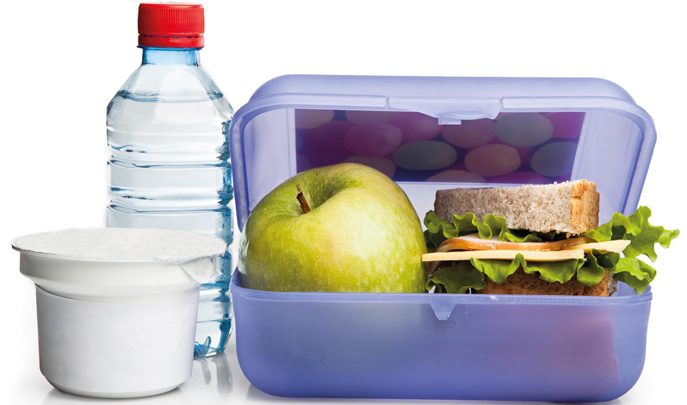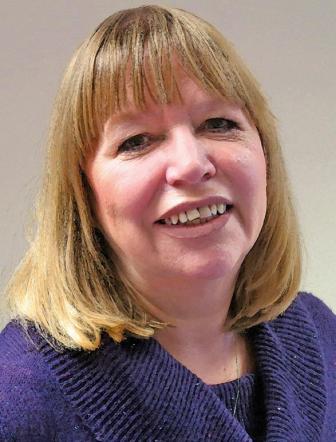8 Ways to Prepare Deaf Pupils for a School Trip

Make that next visit one to remember – for the right reasons – with these tips from Stevie Mayhook
1. Identify who’s going
Depending on your setting and the nature of the visit, there could be just one deaf child or a larger cohort involved. Consult your Teacher of the Deaf (ToD) and specialist TAs about the communication strategies and audiology equipment they each use. The accompanying adults should include someone who knows them.
2. Know where you’re going
Ask your ToD or TA to make a preliminary visit to assess the destination’s listening conditions, lighting, layout and use of audiovisual technology. Use what they find to plan how support staff and the children’s technical aids can best be used.
3. Consider the programme
Study the proposed schedule and suggest ways of improving access and understanding. Ask for a list of any technical terms and concepts so that your pupils and support staff can become familiar with them beforehand.
For residential trips, consider your ‘lights out’ policy – deaf children don’t usually wear their hearing instruments in bed, and may be stressed by not being able to hear or see to communicate.
4. Provide information
Your hosts won’t have the same level of skill or confidence working with deaf learners as your colleagues. Providing venue staff with a factsheet would be helpful. Stress that ‘having a loud voice’ won’t as effective as using a radio aid!
If your pupils use sign language, explain where your colleague will stand, and how they will interpret the spoken words and provide a voiceover for pupils’ contributions.
Explain to the staff that your deaf pupils will look at your staff more than the host speaker – out of necessity, rather than rudeness!
5. Analyse risk
Identify any deaf-specific risks. Will pupils be able to access warnings, signals and other information? Will flashing or vibrating alarms be available? Designate a staff member to wake or accompany a deaf pupil in the event of an emergency. Is there a buddy-system in place for activities and sleeping?
Consider information access when travelling – minibuses, chartered coaches and public transport may entail different communication issues.
6. Prepare your deaf pupil(s)
Don’t assume they’ll have followed whole-class discussions. Run a discrete session to ensure they know the purpose of the trip, check their prior knowledge of the venue, theme and activities, and send the information home for reinforcement.
7. Enjoy the trip!
Deaf pupils shouldn’t feel manacled to an adult, but staff can discreetly ensure that they’re positioned where they can see, listen and participate optimally.
If moving them closer to a speaker, encourage their friends to move with them so that they don’t feel singled out. They may look to staff or peers for clarification or confirmation of information – this shouldn’t be misinterpreted as being disruptive or ‘chatty’.
8. Listen to the children
Include deaf pupils and their families in the visit’s planning and evaluation.
Encourage them to participate in discussions and activities with classmates, but also provide opportunities to work discretely, so that their understanding of the activities and grasp of the language used can be assessed.
Ask for their feedback on how they felt the trip went and how similar visits might be improved.
Stevie Mayhook is education consultant at the national deafness inclusion charity, the Ewing Foundation.










